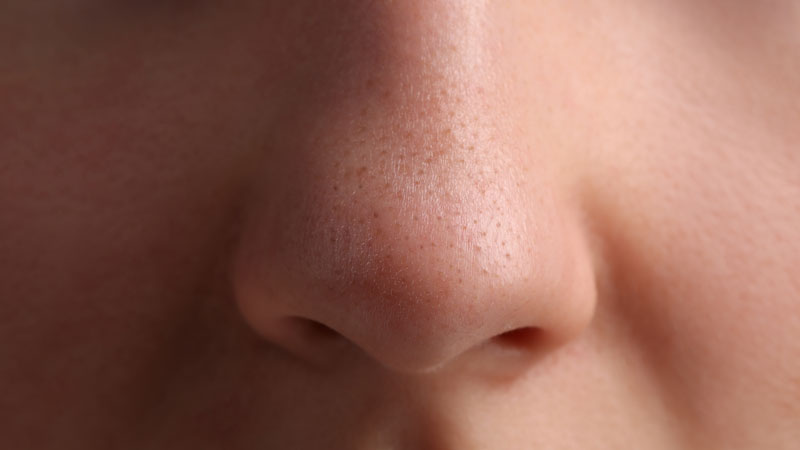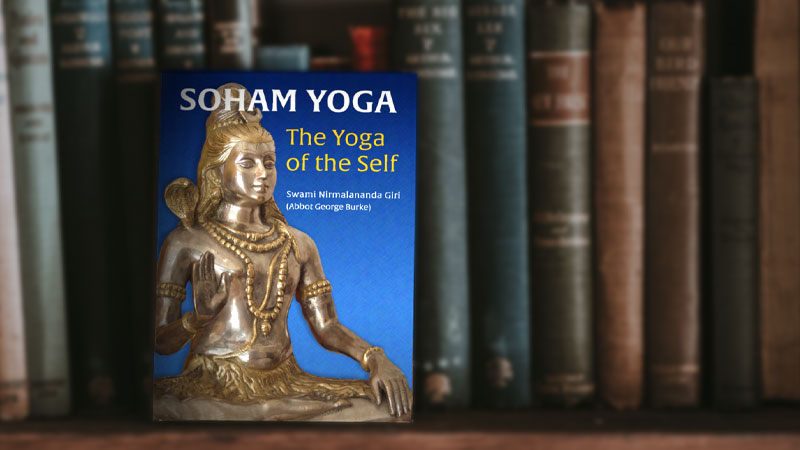
Breath, the universal factor
The Sanskrit word prana means both “breath” and “life.” Breath is the single universal factor of life–all that lives, breathes. Therefore meditation practices involving the breath are found in many mystical traditions.
The process of breath is identical in all, consisting of inhalation and exhalation–expansion and contraction. It is the most immaterial factor of our existence, the body-mind-spirit link. For this reason, the breath is a natural and logical factor in meditation.
Breath and Yoga
The reason why breath plays such an important part in the technique of classical Yoga lies in the close relation existing between breath and mind. “Breath and mind arise from the same source”–the Self–according to Sri Ramana Maharshi in Day By Day With Bhagavan.
Therefore meditation practices involving the breath are found in many mystical traditions. One of the most profound texts on the philosophy behind yoga, the Shiva Sutras, says: “The connection of pure consciousness with breath [prana] is natural” (Shiva Sutras 3:43).
Breath is the meeting place of body, mind, and spirit.
1. The breath and the body are completely interconnected and interrelated, as is seen from the fact that the breath is calm when the body is calm, and agitated or labored when the body is agitated or labored. The heavy exhalation made when feeling exhausted and the enthusiastic inhalation made when feeling energized or exhilarated establish the same fact.
2. The breath and the emotions are completely interconnected and interrelated, as is seen from the fact that the breath is calm when the emotions are calm, and agitated and labored when the emotions are agitated or out of control. Our drawing of a quick breath, when we are surprised, shocked, or fearful, and the forceful exhalation done when angry or annoyed demonstrate this.
3. The breath and the mind are completely interconnected and interrelated, as is seen from the fact that the breath is calm when the mind is calm, and agitated, irregular, and labored when the mind is agitated or disturbed in any way. Our holding of the breath when attempting intense concentration also shows this.
Breath, which exists on all planes of manifestation, is the connecting link between matter and energy on the one hand and consciousness and mind on the other. It is necessary for the vitalization and functioning of all vehicles of consciousness, physical or superphysical.
Awareness of Breath
We start with awareness of the ordinary physical breath, but that awareness, when cultivated correctly, leads us into higher awareness which enables us to perceive the subtle movement behind the breath. Ultimately, we come into contact with the Breather of the breath, our own spirit.
In many spiritual traditions the same word is used for both breath and spirit, underscoring the esoteric principle that in essence they are the same, though we naturally think of spirit as being the cause of breath(ing). The word used for both breath and spirit is: In Judaism, Ruach. In Eastern Christianity (and ancient Greek religion), Pneuma. In Western Christianity (and ancient Roman religion), Spiritus (which comes from spiro, “I breathe”). In Hinduism and Buddhism, Atma (from the root word at which means “to breathe”), and Prana.
Further Reading:
- More Tools for Meditation
- Seven Signs of Progress in Meditation
- Meditation and Longevity: New Discoveries
Grow Your Spiritual Library:
- Get Soham Yoga: The Yoga of the Self in paperback and ebook from Amazon and other online bookstores.








